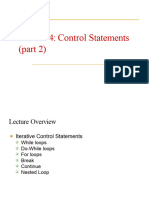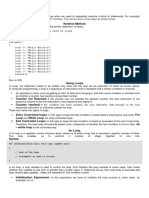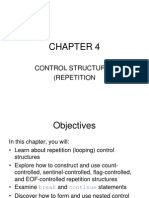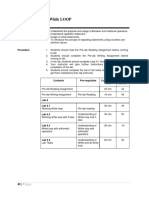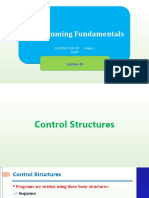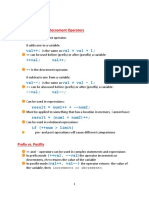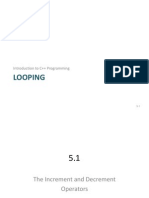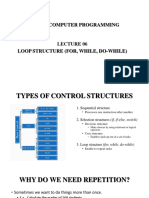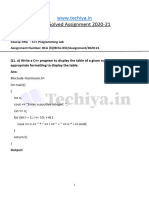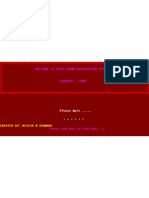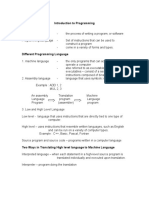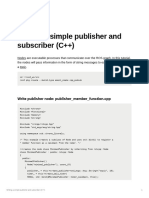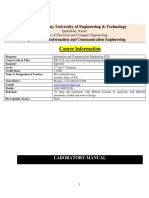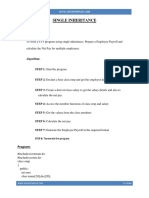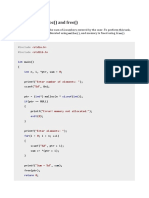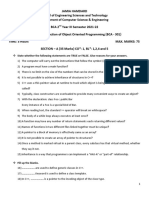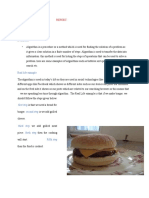0% found this document useful (0 votes)
17 views7 pagesPF-CE Lab01 - Repetition Structures
This laboratory manual for Programming Fundamentals (CL1002) focuses on repetition and flow control structures in C++. It covers while loops, for loops, and do-while loops, along with their syntax, usage, and examples. Additionally, it includes exercises for students to practice implementing these concepts in code.
Uploaded by
almautulamreekaCopyright
© © All Rights Reserved
We take content rights seriously. If you suspect this is your content, claim it here.
Available Formats
Download as DOCX, PDF, TXT or read online on Scribd
0% found this document useful (0 votes)
17 views7 pagesPF-CE Lab01 - Repetition Structures
This laboratory manual for Programming Fundamentals (CL1002) focuses on repetition and flow control structures in C++. It covers while loops, for loops, and do-while loops, along with their syntax, usage, and examples. Additionally, it includes exercises for students to practice implementing these concepts in code.
Uploaded by
almautulamreekaCopyright
© © All Rights Reserved
We take content rights seriously. If you suspect this is your content, claim it here.
Available Formats
Download as DOCX, PDF, TXT or read online on Scribd
/ 7

